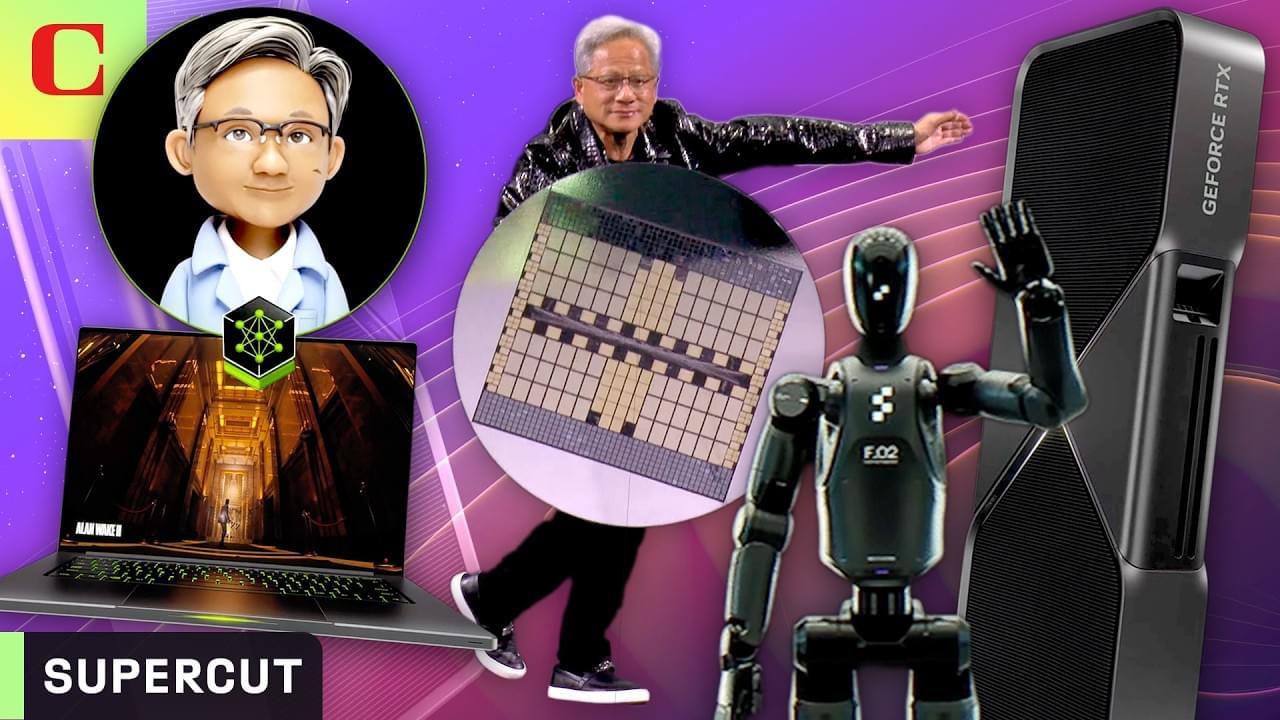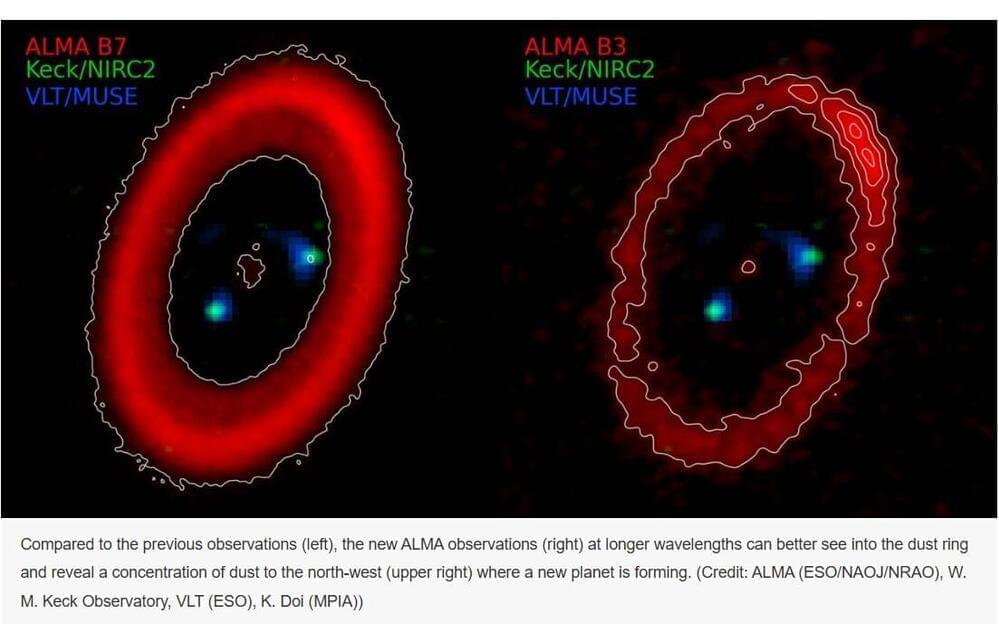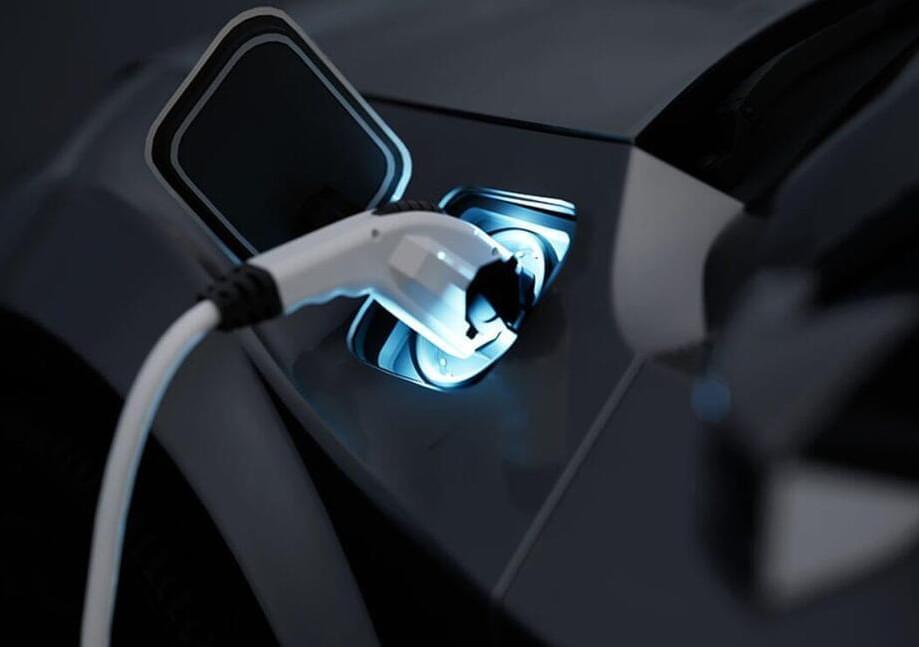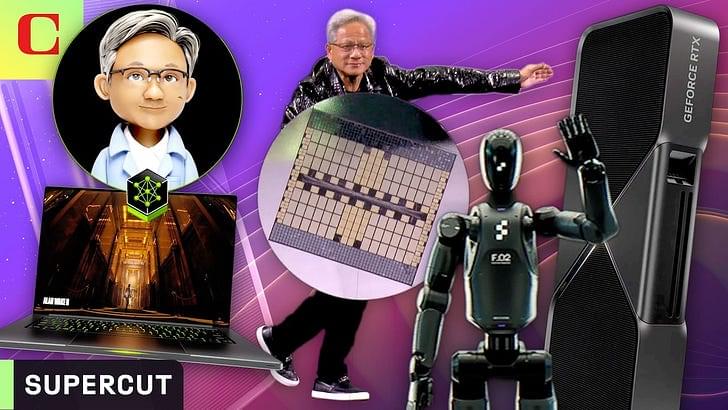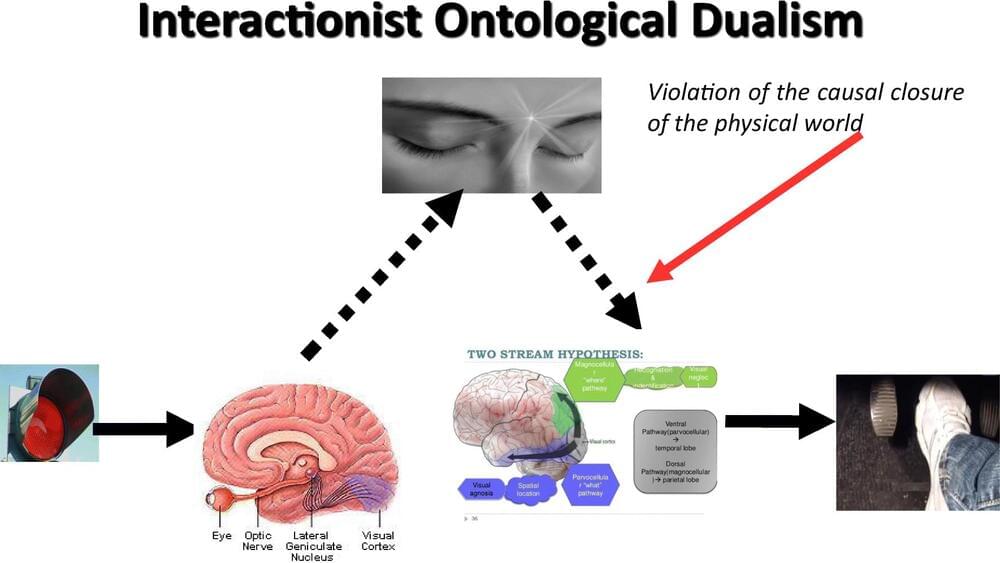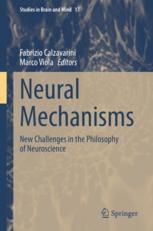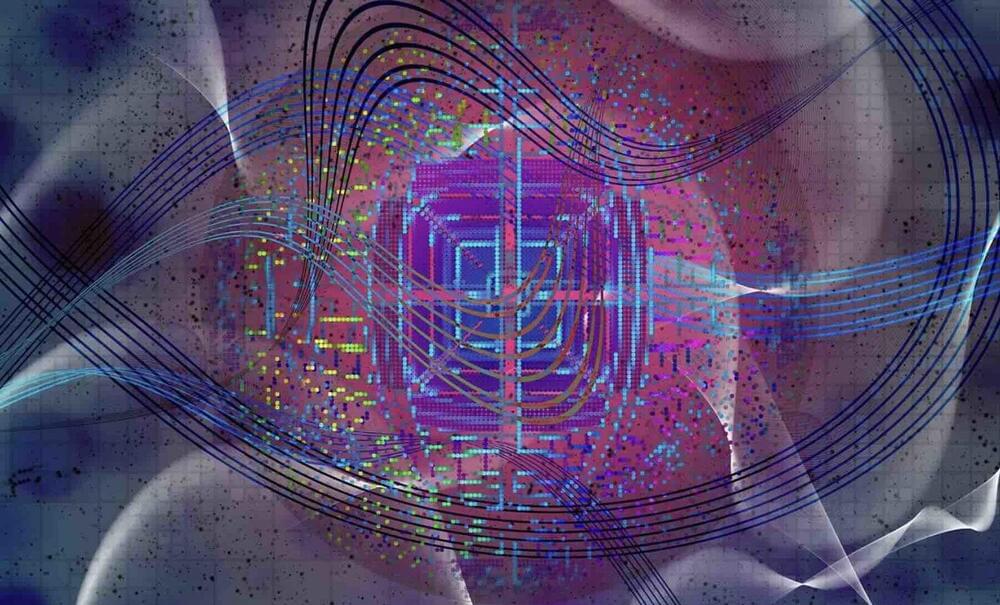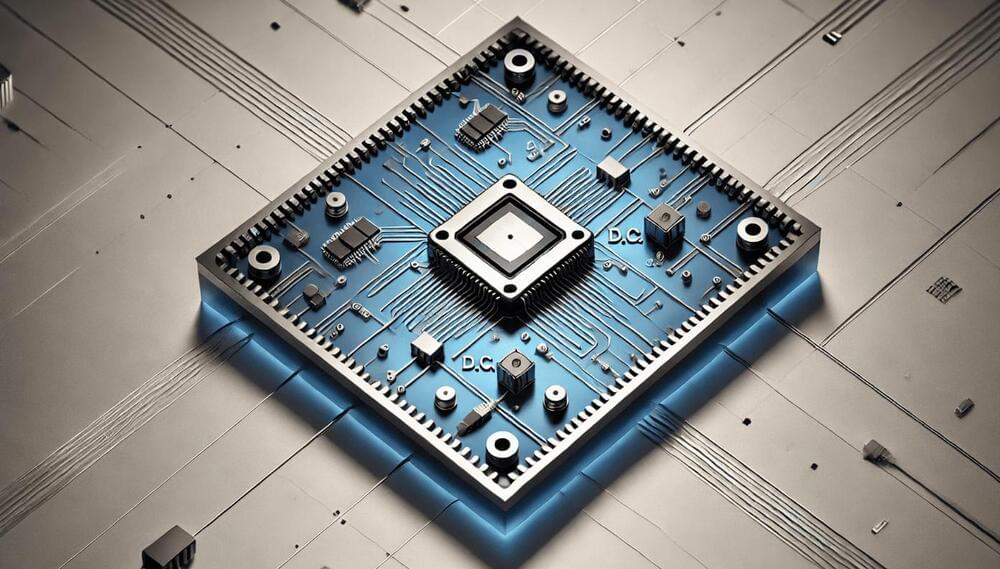Jan 7, 2025
Nvdia’s CES 2025 Event: Everything Revealed in 12 Minutes
Posted by Kelvin Dafiaghor in categories: robotics/AI, transportation
At CES 2025, Nvidia CEO Jensen Huang kicks off CES, the world’s largest consumer electronics show, with a new RTX gaming chip, updates on its AI chip Grace Blackwell and its future plans to dig deeper into robotics and autonomous cars.
Never miss a deal again! See CNET’s browser extension 👉 https://bit.ly/3lO7sOU
Check out CNET’s Amazon Storefront: https://www.amazon.com/shop/cnet?tag=lifeboatfound-20.
Follow us on TikTok: https://www.tiktok.com/@cnetdotcom.
Follow us on Instagram: https://www.instagram.com/cnet/
Follow us on X: https://www.x.com/cnet.
Like us on Facebook: https://www.facebook.com/cnet.
CNET’s AI Atlas: https://www.cnet.com/ai-atlas/
Visit CNET.com: https://www.cnet.com/
